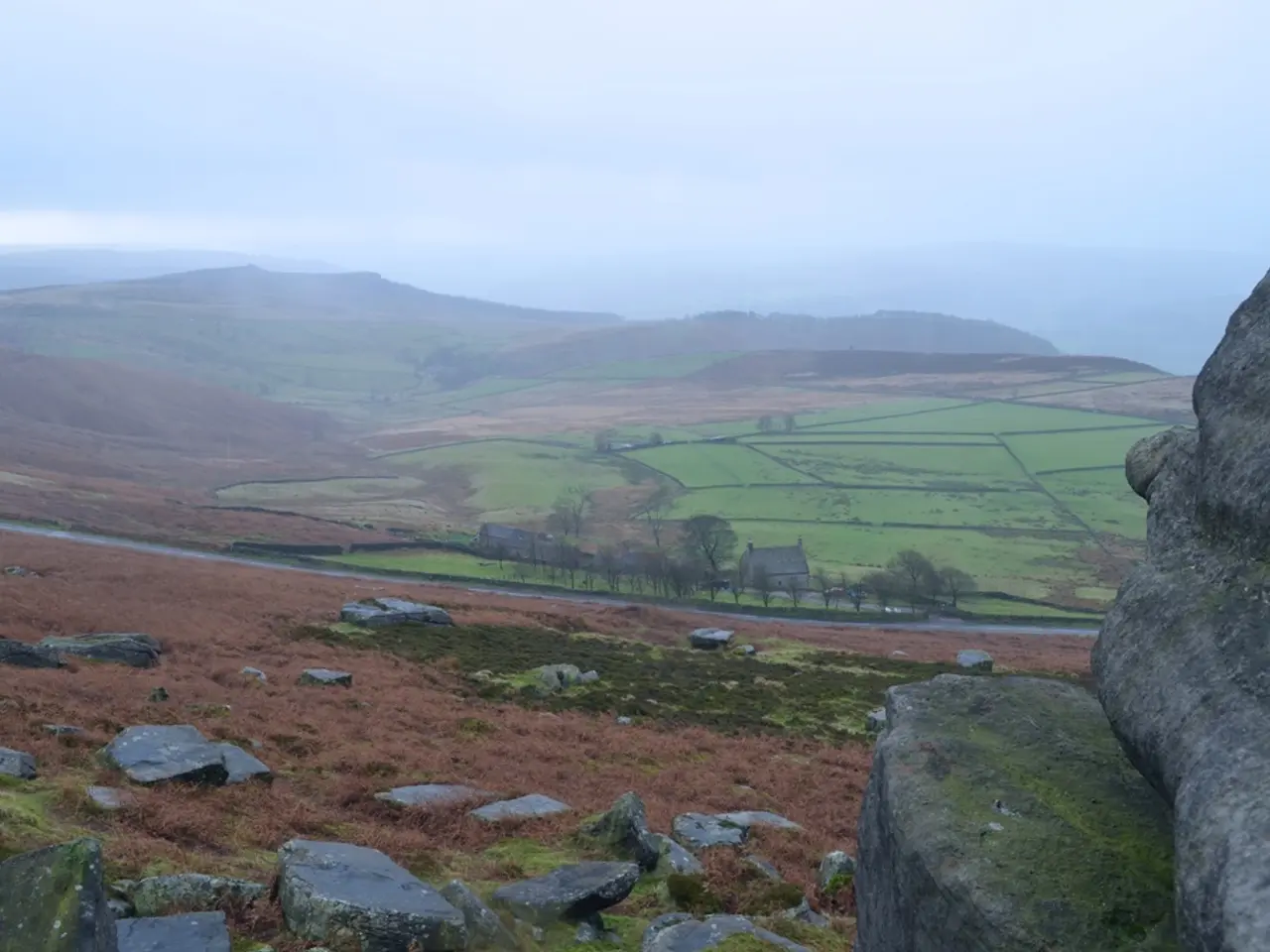Coastal Regions of Prince Edward Island: Geographical Descriptions
**A Changing Landscape: Tourism in Prince Edward Island, Canada**
Prince Edward Island (PEI) is a picturesque destination, boasting a unique blend of iron-red sand dunes, meticulously manicured potato fields, and breathtaking seascapes [1]. However, the island faces various challenges that impact its tourism industry.
One significant issue is coastal erosion, exacerbated by rising sea levels and increased storm intensity due to climate change. This erosion threatens PEI's coastlines, potentially leading to the loss of beaches and coastal attractions, affecting tourism infrastructure and natural beauty [5].
Agricultural activities are another source of concern, as they can contribute to water pollution through runoff. This contamination can impact local ecosystems and the aesthetic appeal of tourist areas [5].
Tourism itself can bring about cultural changes, such as gentrification and increased costs of living, which can affect local communities and their way of life. Balancing tourism growth with preserving cultural heritage is a delicate task [5].
During peak tourist seasons, PEI experiences crowding, which can strain local resources and infrastructure. Managing this influx sustainably is crucial for maintaining the island's charm and the quality of tourist experiences.
Despite these challenges, there are opportunities for tourism development in PEI. Eco-tourism, focusing on sustainable practices, can attract visitors interested in environmental conservation and cultural preservation [4]. Highlighting and preserving local culture can differentiate PEI as a unique tourist destination [4]. Sustainable agricultural practices can reduce runoff and enhance the island's environmental appeal [4]. Investing in resilient infrastructure can help mitigate the impacts of coastal erosion and ensure that tourist facilities remain safe and accessible [4].
Engaging local communities in tourism development can ensure that cultural and environmental changes are managed in a way that benefits both residents and visitors. By addressing these challenges and capitalizing on opportunities, PEI can develop a resilient and sustainable tourism industry that benefits all [6].
PEI's north shore is home to a tuna fishery, mussel farming, and a national park associated with the popular novel Anne of Green Gables [2]. The region is also characterised by quaint vacation homes and artist retreats [3]. It's important to note that the north shore is not affiliated with any specific website [3].
The bridge connecting PEI to the mainland has brought about changes in the island's tourism industry, altering travel patterns of tourists and leading to an increase in outside people buying property [7]. This influx of visitors has contributed to the evolution of PEI's culture, as traditional islanders move away [8].
The panelists' comments do not necessarily reflect the views of the Society's website.
References: [1] [Towns and villages on the north shore are quaint and manageable in size.] [2] [A tuna fishery is present on the northshore.] [3] [The north shore is not affiliated with the Expeditions website.] [4] [Tourism on P.E.I. emphasizes cultural and literary heritage, beaches, and food, which are some of the best in Canada.] [5] [Coastal erosion is a significant issue on P.E.I., causing some beaches to recede by a meter per year.] [6] [The bridge connecting P.E.I. to the mainland has brought about changes in the island's tourism industry.] [7] [P.E.I. is home to quaint vacation homes and artist retreats.] [8] [The culture on P.E.I. is evolving as traditional islanders move away.]
The exacerbated coastal erosion in Prince Edward Island (PEI) could potentially lead to the loss of beaches and coastal attractions, affecting tourism infrastructure and natural beauty, which is a concern for the environmental-science community. As tourism flourishes, it's crucial to focus on sustainable practices, such as eco-tourism, to attract visitors interested in environmental and cultural preservation. By involving local communities in tourism development, the island can ensure that cultural and environmental changes are beneficial to both residents and visitors, fostering a resilient and sustainable lifestyle in the tourism industry.




